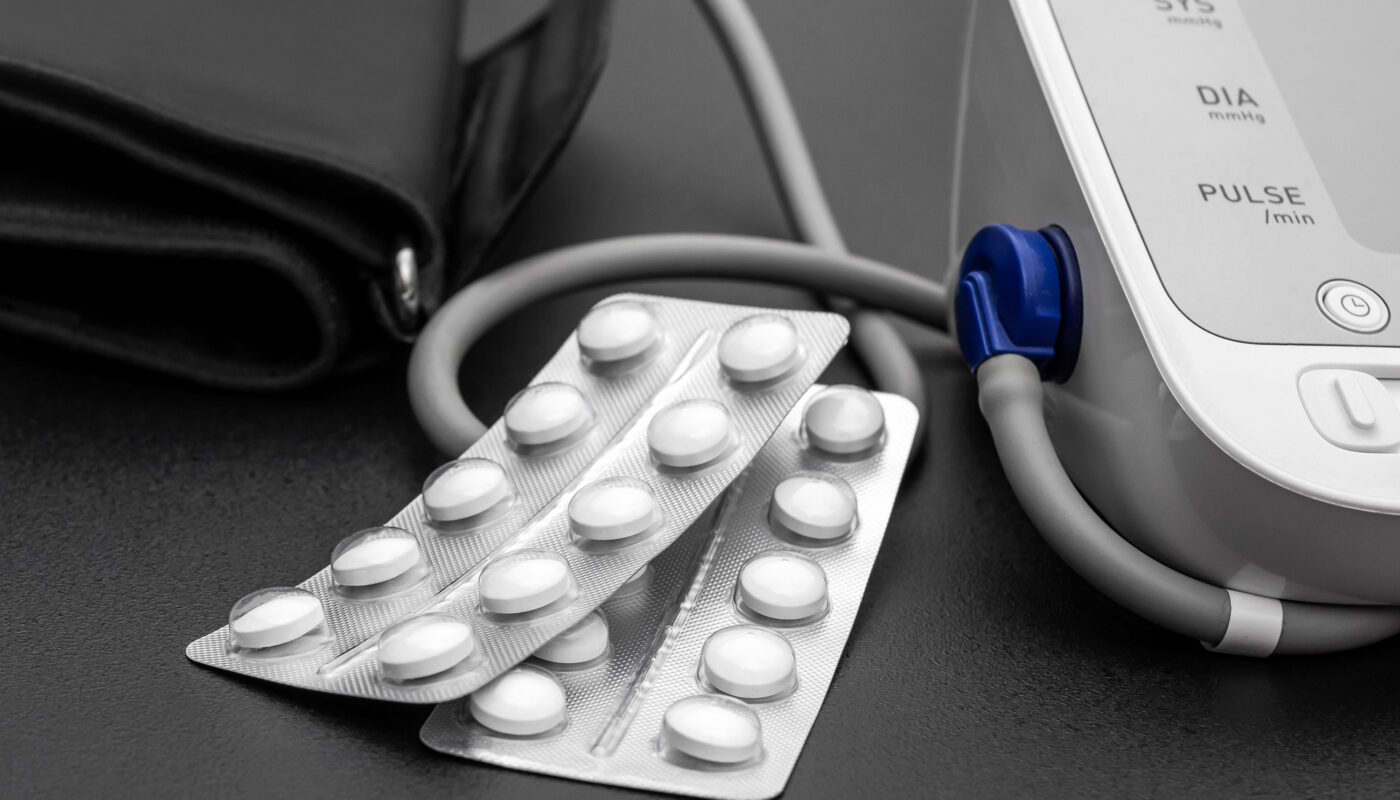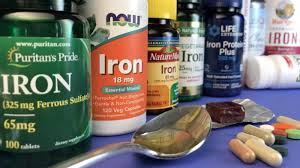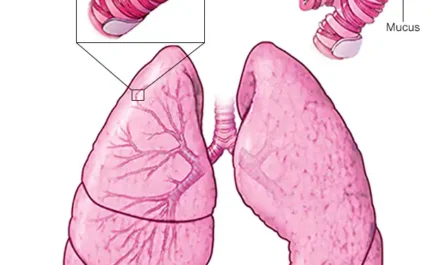High blood pressure, medically known as hypertension, is a condition that can have serious health consequences if left un managed. It can significantly increase the risk of life-threatening conditions such as heart attacks, strokes, and kidney damage. Fortunately, a combination of lifestyle modifications and prescribed medication can help maintain blood pressure within a healthy range.
Understanding the Risk Factors
Hypertension is highly prevalent, particularly among older adults, and often goes unnoticed because it usually does not produce clear symptoms. Identifying the factors that increase the likelihood of developing High blood pressure is key to early detection and prevention.You may be more likely to develop hypertension if you:
Are over the age of 40 – the risk increases as you get older.
Have a family history of High Blood Pressure
Belong to certain ethnic groups – individuals of Black African, Black Caribbean, or South Asian descent are at higher risk.
Eat a diet high in salt or low in nutrients.
Are overweight or obese.
Smoke or use tobacco products.
Consume excessive amounts of alcohol.
Live under chronic stress.
When to Check Your High Blood Pressure
Since hypertension is often asymptomatic, routine monitoring is essential.
You should consider checking your blood pressure if.
You suspect you may have hypertension due to lifestyle or family history.
You are 40 years or older and haven’t had a blood pressure check in the last 5 years.
Where you can get checked:
Most pharmacies offer blood pressure screening—some may charge a fee.
People over 40 may be eligible for free checks at selected pharmacies.
Some workplaces also provide health screenings—check with your employer.
Possible Symptoms (Although Rare)
Although hypertension rarely presents noticeable symptoms, in some cases, it may cause:
Persistent headaches Blurred vision ALSO VISIT
Chest pain
If you experience any of these, it is important to seek medical advice.
When to Seek Urgent or Emergency Help
Contact NHS 111 or visit 111 online if you:
Frequently experience headaches or vision problems.
Have intermittent chest discomfort.
Are concerned about symptoms that might be linked to high blood pressure.
Call 999 Immediately If You Have:
Sudden and severe chest pain that feels like pressure or tightness, and doesn’t go away.
Pain that radiates to the arms, jaw, neck, stomach, or back.
Chest pain accompanied by sweating, nausea, dizziness, or shortness of breath.
These may be signs of a heart attack, and prompt emergency care is vital.
What to Expect During a High Blood Pressure Test
A standard blood pressure check involves placing an inflatable cuff around your upper arm to measure the force of blood in your arteries. If your initial reading suggests hypertension , further monitoring may be recommended.
Your doctor may suggest:
Using a home monitor to take regular readings over a few days.
Returning to the GP for follow-up testing.
Wearing a 24-hour ambulatory monitor that automatically checks your blood pressure throughout the day.
This helps confirm whether you truly have persistent .High blood pressure
Interpreting Your Blood Pressure Numbers
Blood pressure readings are shown as two numbers (e.g., 130/80 mmHg):
The first number (systolic) shows the pressure when your heart beats.
The second number (diastolic) reflects the pressure when your heart rests between beats.
Normal vs. High Blood Pressure
If you’re under 80:
High: 140/90 mmHg or more (clinic)
High: 135/85 mmHg or more (home reading)
If you’re 80 or older:
High: 150/90 mmHg or more (clinic)
High: 145/85 mmHg or more (home reading)
Health Risks Associated with High Blood Pressure
If left untreated, high blood pressure can put strain on your arteries and vital organs, including your heart, brain, kidneys, and eyes. This can raise your risk for serious illnesses such as:
Heart disease
Heart attacks
Strokes
Heart failure
Kidney disease
Vascular dementia
Even modest reductions in blood pressure can significantly lower the risk of these complications.
How to Lower Your Blood Pressure Naturally
Lifestyle changes are often the first step in managing hypertension
Positive Lifestyle Choices:
Follow a balanced, nutritious diet, rich in fruits, vegetables, whole grains, and low-fat protein.
Engage in regular physical activity—aim for at least 150 minutes of moderate exercise per week.
Work toward achieving and maintaining a healthy weight.
Habits to Avoid:
Avoid excessive salt intake—read food labels and limit salty snacks.
Limit alcohol—stay within the recommended limit of 14 units per week.
Cut back on caffeine—limit drinks like coffee, tea, and cola.
Stop smoking—seek support for quitting if needed.
Taking proactive steps to monitor and manage your blood pressure can protect your long-term health and significantly reduce your risk of serious disease. Regular checkups, a healthy lifestyle, and timely medical advice can make a big difference.



